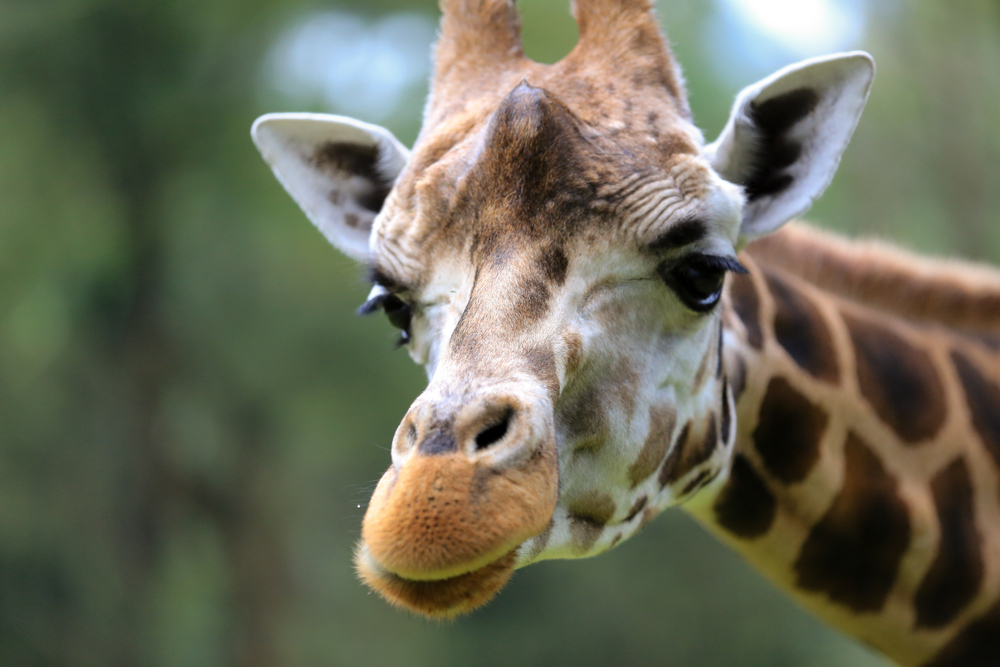
Every schoolchild knows that lions roar, hyenas laugh and elephants trumpet, but they may be hard pressed to identify the signature sound of giraffes. This could soon change however, thanks to a remarkable new discovery by Austrian biologists. Apparently, giraffes hum to each other—but only after dark.
Until now, it had been assumed that giraffes’ vocal range did not extend beyond the odd snort or grunt. Scientists speculated that the lofty beasts communicated using infrasound, which is too low for humans to hear, or that they simply couldn’t force enough air through their four-metre-long windpipes to produce vocalisations.
Dr Angela Stöger-Horwath and her team at the University of Vienna set out to solve the mystery by taking sound recordings from the giraffe enclosures of three European zoos over an eight-year period. Through analysing over 900 hours of sound data, they discovered that the giraffes were making a strange low frequency ‘humming’ noise during the hours of darkness.
The average hum was measured at around 92 hertz in frequency, which while very low, isn’t infrasound as it still falls within the audible range of the human ear. Rather than a monotonous drone, the researchers found that the hums varied in duration and contained a rich combination of notes.
While the purpose of the humming is not yet known, its complex acoustic structure, together with the fact that it only occurs at night, suggests that it may be a means of communication.
‘Giraffes have excellent vision and use visual signals for communication a lot,’ Dr Stöger-Horwath told Love Nature. ‘However, it is possible that once vision is limited, for example at night-time, and they are separated, that they might use vocalisations to keep in contact, but this needs to be verified by future studies.’
Standing four to six metres high, giraffes are the world’s tallest terrestrial animals. There are nine subspecies of giraffe, which can be distinguished by the patterns on their coats.
